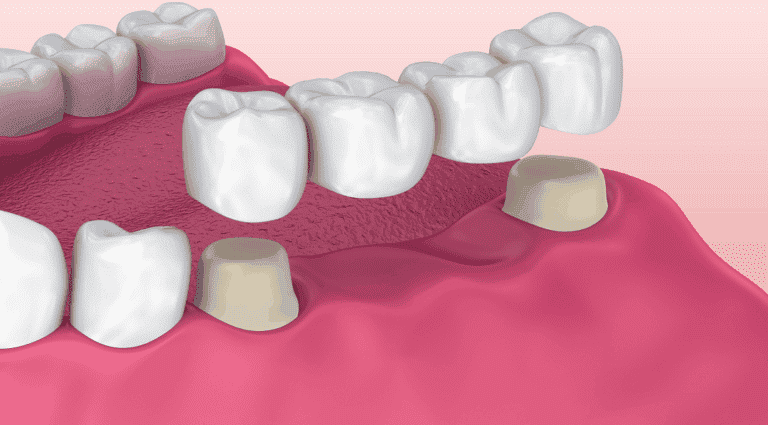In case you’re missing at least one tooth, you’re in good company. The Dental Association reports that normal grown-ups somewhere in the range of 20 and 64 years of age have three rotted or missing teeth. Luckily, you have numerous choices for supplanting these missing teeth, including types of dental bridges. Here are four types of dental bridges that your dental specialist may suggest.
The Types of Dental Bridges:
1. Customary Dental Bridges
Customary bridges are the most well known sort of extension. These bridges consist of at least one pontics (counterfeit teeth) and are held set up by dental crowns. These dental crowns are additionally called projections, and they are solidified onto the teeth adjoining your missing tooth.
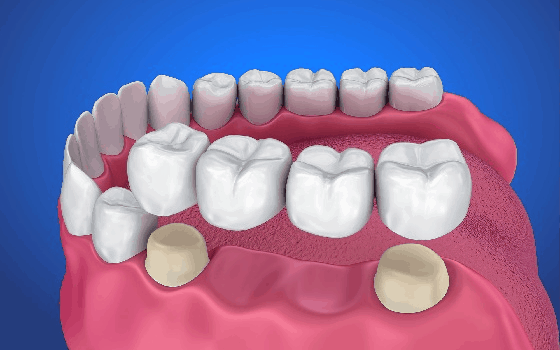
Conventional Bridges can be utilized when you have common teeth on the two sides of the hole made by your missing teeth. Extensions are even sufficiently able to supplant molars. The drawback of conventional extensions is that your dental specialist should set up the neighboring teeth by eliminating their polish to prepare for the crowns that will be established on top. Since veneer doesn’t develop back, these teeth consistently should be ensured with crowns, regardless of whether you later pick an alternate sort of extension.
2. Cantilever Bridges
Cantilever spans are another choice for supplanting missing teeth. They are fundamentally the same as customary bridge, however the pontic is upheld by a projection on just one side, as opposed to on the two sides. So if there’s just a single common tooth close to the hole, a dental bridge can at present be made sure about.
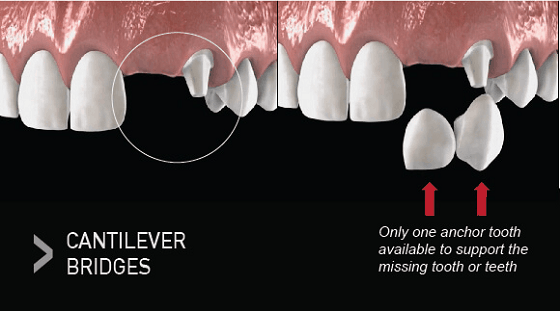
Like conventional extensions, your dental specialist should set up the nearby tooth to help the dental bridge by eliminating its polish. Since these rebuilding efforts are just upheld on one side, they may go about as a switch now and again, clarifies the National Institutes of Health (NIH). This may prompt inconveniences like broke teeth or released crowns.
3. Maryland Bridges
Maryland spans are viewed as a moderate option in contrast to customary extensions. These bridge comprise of a pontic that is held set up by a metal or porcelain structure. This system is fortified onto the backs of the two teeth nearby the missing tooth. Since this sort of dental bridge isn’t held set up by crowns, the neighboring teeth don’t should be recorded.
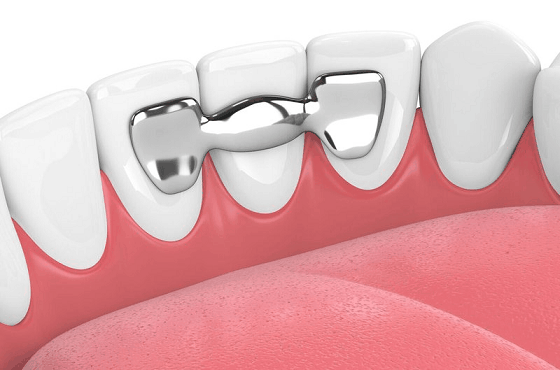
While Maryland spans are more moderate than conventional extensions, they do have their drawbacks. The quality of the dental bridge is restricted by the quality of the gum that holds it set up, so it may not remain set up in zones of the mouth where the teeth are exposed to a great deal of gnawing power, similar to the molars. The system may likewise impede your gums or your chomp.
4. Implant Supported Bridges
Implant upheld spans are another choice for supplanting missing teeth. They can be utilized when you have more than one tooth missing. Rather than being upheld by crowns or systems, this dental bridge is upheld by dental implants. Normally, one implant is put for each missing tooth, and this arrangement of inserts holds the extension set up. In any case, the dental bridge may comprise a pontic suspended between two implant upheld crowns if setting one implant for each lost tooth is absurd.
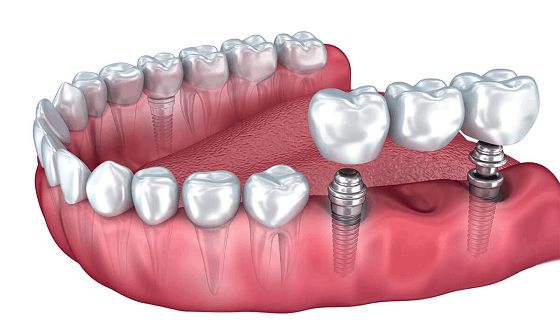
Since these extensions are made sure about by inserts, they have a sense of safety and agreeableness, much the same as the common teeth they supplant. Also, much the same as your common teeth, a quality toothbrush, similar to a toothbrush, is expected to keep your mouth solid. One drawback is that two medical procedures are required to put the inserts – the first to put the inserts and the second to put the dental bridge – so hope to hold up at any rate five months to get your completed extension.
Your dental specialist can close the holes in your grin with dental extensions. With numerous types of dental bridges accessible, you can feel certain that your dental specialist has a suitable answer for your missing teeth.
Expert opinion
- Dr. Ankita Gada Dental Director of Sabka dentist says “A dental bridge typically consists of two or more specially fitted crowns that are placed on the abutment or anchoring teeth on either side of the space formed by your missing tooth or teeth.”

